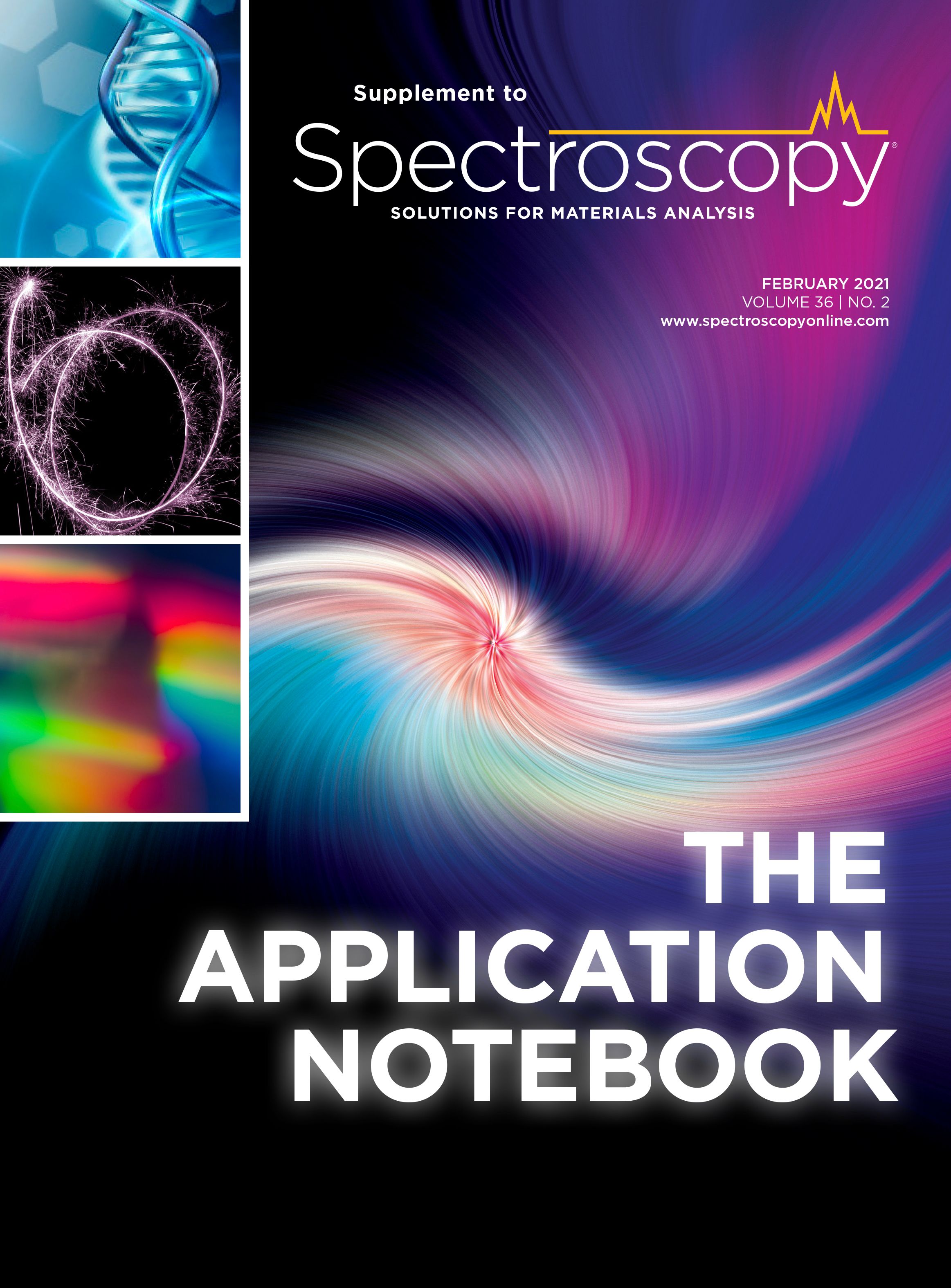See-Through Measurements of Illicit Substances in Commercial Containers with the TacticID®-1064 ST

Experiment
The TacticID-1064 ST is equipped with a see-through (ST) mode scan function that allows users to identify chemicals behind thick and opaque barriers with the use of an ST sampling adapter. A hit quality index (HQI) is used to match the unknown sample to a library spectrum. The HQI calculation ranges from 100 (best match) to 0 (worst match). The system employs an automatic integration time. The laser power is adjustable, but was set to 90% for these measurements. The number of hits can also be adjusted.
Materials tested:
- Fentanyl: highly toxic opioid that is often mixed with heroin and other street drugs
- N-acetylanthranilic acid: Drug Enforcement Agency List I controlled drug precursor, used in synthesis of methaqualone, highly fluorescent with 785 nm excitation
- Caffeine: stimulant often used as a cutting agent in drug manufacturing
Containers:
- manila envelopes
- padded shipping packages
- high-density white polyethylene (HDPE) bottles
Results
Fentanyl citrate powder inside a thin plastic bag was placed inside a manila envelope and tested with the TacticID-1064 ST. Fentanyl citrate was successfully identified directly through the manila envelope with an HQI of 85.0. N-acetylanthranilic acid is a light brown compound that is used in the synthesis of methaqualone and mecloqualone, both Schedule I drugs. According to the International Narcotics Control Board (INCB), 10.4 metric tons of N-acetylanthranilic acid have been seized globally since 2000. When measured with a 785 nm laser, the Raman signal is completely overwhelmed by the generated fluorescence (Figure 1, red trace), making identification impossible with Raman. The 1064 nm laser of the TacticID-1064 ST does not generate fluorescence (Figure 1, blue trace), and a good Raman spectrum can be collected and used for identification against the spectral library.
Figure 1: Comparison of Raman spectra of N-acetylanthranilic acid with (a) 785 nm and (b) 1064 nm laser excitation.

The ST mode on the TacticID-1064 ST was used to measure N-acetylanthranilic acid through a white plastic (HDPE) bottle with an HQI of 92.2.
Conclusion
The TacticID-1064 ST puts operator safety first, removing the need to actively sample from opaque packaging to identify illicit substances. The 1064 nm laser excitation removes fluorescence issues generally associated with 785 nm
Raman systems.
B&W Tek, LLC
19 Shea Way, Newark, DE 19713
Tel: +1 (302) 368-7824, Fax: +1 (302) 368-7830
Website: www.bwtek.com
